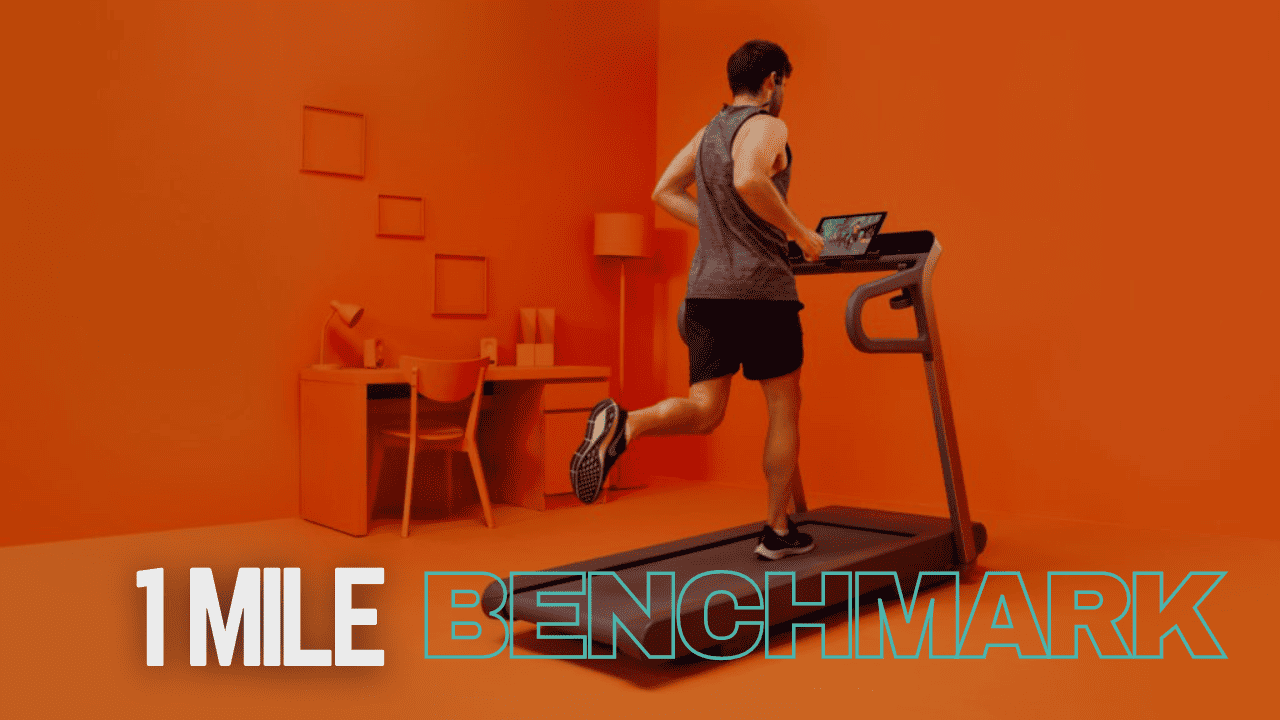What is cubitus valgus?
A malformation of the elbows that causes a greater bending angle is called cubitus valgus. (so if the forearm is stretched out at a side along with your hand directed to the forward direction, having an angle more significant than 15 degrees).
Cubitus valgus may result from an injury or an inherited condition like Turner Syndrome or Noonan syndrome. The Latin words for elbow & angled outward, respectively, are cubitus & valgus.
If your bearing angle, or how far outwards your body and the limb is angled while the palm of your hand is facing upward while your forearm is stretched out, is greater than 15 degrees, you might be suffering from this issue.
Related Article: What Are Bad Chest Genetics & How You Fix Them?
This issue can be identified through a bearing inclination angle of 3 to 29 degrees. In feminine individuals, the inclination or declination is frequently more readily apparent. Although this ailment isn’t often serious, in some persons, it may squash and irritate the arm’s nerves and lead to problems.
Lets see what are the causes of cubitus valgus?
It can develop from an injury or an inherited disease. Noonan syndrome & Turner syndrome are the two genetic conditions most frequently responsible for cubitus valgus.
When a woman arrives at birth with only one X chromosome, it is known as Turner syndrome. Small stature & premature puberty are two more symptoms that individuals with Turner syndrome also suffer from. The most widespread form of health assistance involves hormonal supplementation (hormone replacement).
The Other inherited condition that causes delayed growth is Noonan syndrome. Although a genetic change is frequently to blame, it can occasionally occur for unknown reasons. Noonan syndrome cannot be cured entirely, although some therapies can lessen its consequences.
How do you know that you have cubitus valgus?
Ulnar neuropathy has a recognized cause, cubitus valgus among the three major arteries in the arm, known as the ulnar nerve is affected by this illness.
The primary manifestation of ulnar neurotoxicity is irritation or compression of the ulnar nerve, which results in numbness, tingling, and sometimes weakness. Most of the time, rehabilitation entails wearing a support device and restricting physical movement. Nevertheless, surgeries & operations can be required if these non-invasive procedures are unsuccessful.
Related Article: 5 Shocking Side-Effects Of Taking Pre Workout And Alcohol
Cubitus valgus may additionally result in a kind of ulnar neuropathy known as delayed ulnar nerve palsy.
Since it gradually becomes severe as time passes, ulnar nerve palsy is a recurrent condition. Along with lack of collaboration, tingling & burning, discomfort, and vulnerability, you can suffer an impairment of sensitivity in your fingertips, particularly in your ring & smaller finger.
There are two procedures to cure cubitus valgus
You generally are unlikely to require therapy if the disorder isn’t putting pressure on the ulnar nerve.
Treatment options for cubitus valgus’s typically include osteotomy or fixation. The medical professional will perform an osteotomy to restructure the bone’s structure and alter its position.
Youngsters with this disease have been treated using interruption osteogenesis, a specific osteotomy. Generating an extended bone from a shorter one is how this procedure functions. A distractor is used to pry together bones sliced during surgery, a technique that causes minor discomfort. A lengthier bone will replace one that is shorter by growing additional bone in the space left by the distractor.
Related Article: Sertraline And Melatonin For Improved Sleep And Mental Well-being
The fixation is the procedure your healthcare provider will use to rejoin the elbow’s bones, typically after an injury.
Watch this video to know more about how yoga is helpful in treatment of cubitus valgus
What can be considered as the prognosis?
Most of the time, you won’t require medical attention unless cubitus valgus is exerting pressure on the ulnar nerve.
Nevertheless, you need help whenever you start to feel weakness, numbness, or pain in the fingertips or arms. This procedure can indicate a nerve injury.
Related Article: Palumboism: Potential Causes, Treatment, And Prevention
The bottom line
As we conclude, Cubitus valgus is an arm disease that causes your arms to bend and your elbow to be stretched outwards from your body.
It usually does not affect your Overall health and movements. But, if this disorder is causing a compress to your ulnar nerve in your arm. The ulnar nerve disorder can be treated using ways like osteotomy or fixation.
It is better to consult your physical professional before taking up any surgeries or operations regarding these problems.






